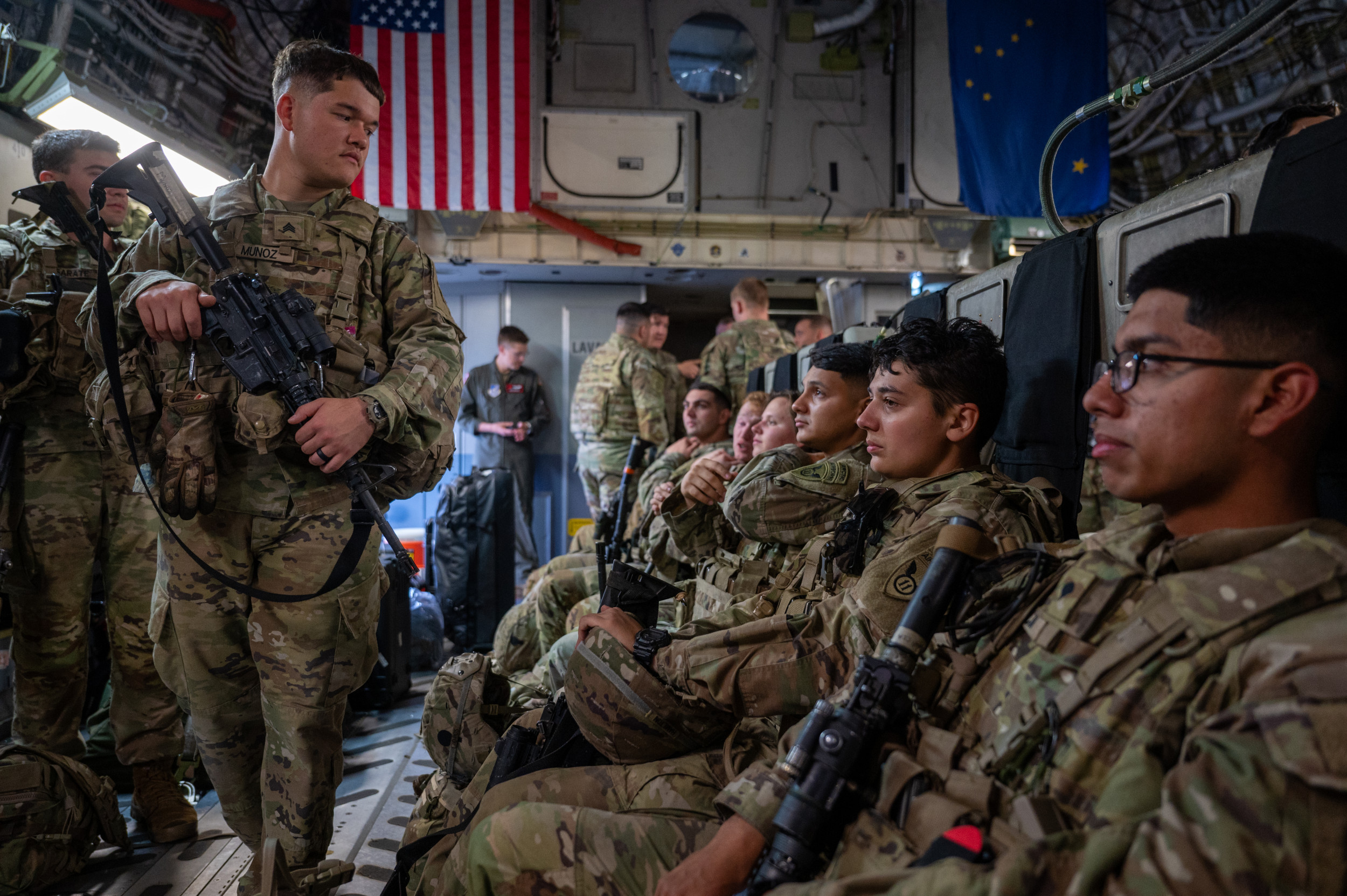Tensions between the United States and Russia are escalating with notable military maneuvers occurring in the frigid Arctic. Both nations are flexing their military strength in the region, significantly impacting air and land activities.

The North American Aerospace Defense Command (NORAD) reported several encounters regarding Russian military aircraft operating in Alaska’s air defense identification zone (ADIZ) since the start of Exercise Ocean-2024 on September 10. Among those incidents, four took place on September 11, 13, 14, and 15, featuring Russian Tu-142 and Il-38 reconnaissance aircraft.
NORAD is a collaborative effort between the U.S. and Canada focused on aerospace monitoring. The ADIZ is critical for national security, requiring tracking of all aircraft movements. While NORAD noted that these Russian activities are common and not perceived as a threat, U.S. fighter jets intercepted during the first incident.

On September 15, Russia’s Defense Ministry disclosed that they had conducted flights with two Tu-95MS and two Tu-160 bombers over the Chukchi Sea and East Siberian Sea. These maneuvers included simulated missile launches aimed at critical targets, showcasing their military readiness.
In response, the U.S. operated its bombers from Barksdale Air Force Base in Louisiana, deploying multiple “Stratofortress” bombers for the Arctic operation. While there are 76 Stratofortress bombers in the fleet, only a subset can carry nuclear capabilities.

Cobra Ball 62-4128 as Cobra-28 is outbound from Offutt and headed for Elmendorf where it will join 61-2662. Both aircraft will be on call to collect MASINT from upcoming ICBM testing to the Kura Impact Range on the Kamchatka Peninsula. This will be the first operational… pic.twitter.com/9Dnlt7cHCC
— MeNMyRC (@MeNMyRC1) September 16, 2024
Additionally, specialized aircraft such as the RC-135V “Rivet Joint” for signal detection and the WC-135R “Constant Phoenix” for nuclear detection were also deployed to assist in reconnaissance efforts. These planes, which originated from the C-135 transport platform, are crucial for intelligence gathering.

Major General Joseph Hilbert emphasized that the operations were a response to increased military activities by adversaries in the Arctic. The 11th Airborne Division, known as the “Arctic Angels,” highlighted the U.S. commitment to maintaining a strong presence in the area, particularly considering the rapid changes due to climate change.
The created Multi-Domain Task Forces aim to strengthen U.S. military readiness against Russian and Chinese threats, ensuring adeptness across various domains, including air, land, and cyber warfare.

Among these efforts, the 1st Multi-Domain Task Force deployed High Mobility Artillery Rocket Systems to Shemya Island, enhancing combat readiness in the Arctic region.
